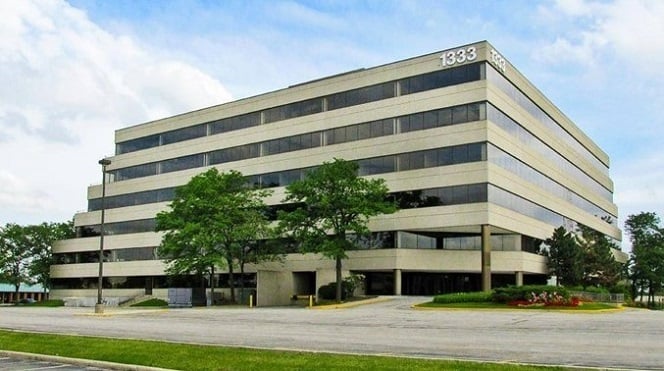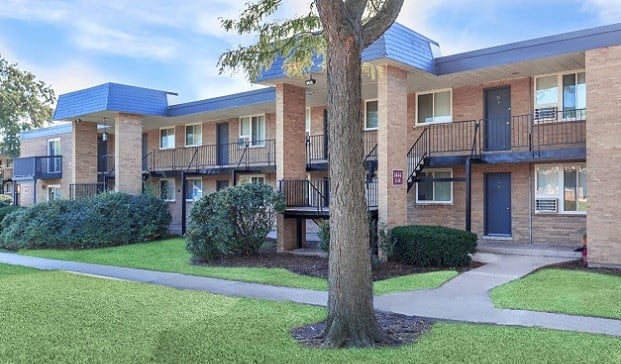DALLAS—Apartments continued a five-month streak of rent growth exceeding 5% in June, the longest such run in at least six years, according to Axiometrics. June's figure of 5.11% was the highest in 47 months, edging out April and February's figures by a decimal point.
“Rent growth is just shy of the post-recession peak, and the June metrics reflect the continued strength of the apartment market,” says Stephanie McCleskey, VP of research at Dallas-based Axiometrics. “The demand for apartments is still strong, despite the record number of new units being delivered this year.”
However, multifamily isn't the only rental housing sector that's experiencing rent growth. Salt Lake City-based Real Property Management says that single-family rents are growing faster than inflation. Citing data from RentRange, Real Property Management says that the average monthly rent for single-family rentals rose 3.3% to exceed $1,320 during the second quarter, a 6.1% year-over-year increase. The rental market data was limited to three-bedroom single-family homes.
The rental increases were accompanied by a 12-basis point drop in SFR vacancy from a year earlier, to 5.46%. “The changes in the rental market are consistent with other reports that point to a dwindling number of Americans who are choosing to own homes,” says Don Lawby, president of Property Management Business Solutions, the franchisor of Real Property Management. “We have already witnessed significant increases in rental rates through the first half of this year, and we expect those numbers to continue to climb during the second half.”
For apartments, vacancy has trended on a roughly parallel track, hovering around 5.0% for the past few quarters. June's occupancy was slightly higher—two bps—than May's when extended two decimal points, reaching 95.30% for the month, compared to 95.28% in May.
“Tight occupancy is why landlords can push rents higher,” McCleskey says. “Axiometrics considers a market or property essentially full at 95% occupancy, so there are just not that many apartments available. There's a reason for all the new supply: The market is still playing catch-up for all the apartments not built during the recession.”
As a case in point, it was a steep jump in multifamily production that boosted housing starts up 9.8% for the month to a seasonally adjusted annual rate of 1.174 million units in June, according to data from the Commerce Department and the Department of Housing and Urban Development and the Commerce Department released Friday. Multifamily production was up 29.4% percent to a seasonally adjusted annual rate of 489,000 units, while single-family starts edged down 0.9% to an annualized 685,000 units.
“The multifamily gains this month are encouraging and show that the millennial generation continues to be drawn to the rental market,” said Tom Woods, chairman of the National Association of Home Builders. Adds NAHB's chief economist, David Crowe, “While builders are reporting overall confidence in the housing market, they continue to note difficulties accessing land and labor. These headwinds appear to be affecting production gains in the single-family sector.”
A slightly smaller gap exists between the single-family and multifamily sectors when it comes to permits issued during June. Permits for single-family were up 0.9% for the month; for multifamily, the increase was 15.3%. “We expect starts to rise to a 1.2-million annualized rate by the end of 2015,” write Patrick Newport and Stephanie Karol, US economists with IHS Global Insight.
© Touchpoint Markets, All Rights Reserved. Request academic re-use from www.copyright.com. All other uses, submit a request to [email protected]. For more inforrmation visit Asset & Logo Licensing.







